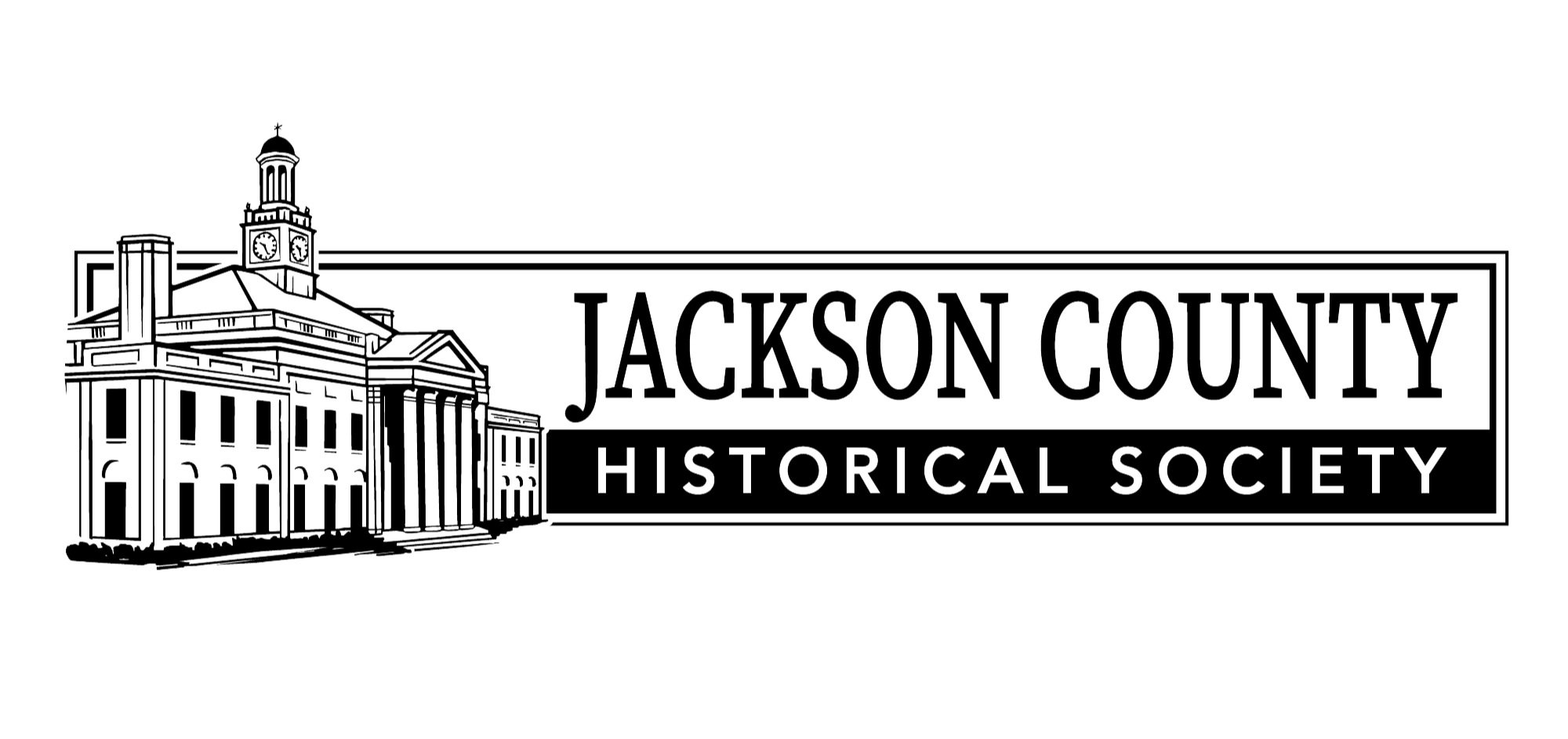The Wilborn Collection: A Century of Growth and Progress
By Kevin PlothHaving worked as the Wilborn Collection Lead for the past year and a half, I have learned that the most difficult part of this job is accurately conveying not only the vastness of the collection and its scope, but also its importance to Jackson County’s legacy. This collection of over three hundred thousand negatives captures more than a century of Jackson County growth and progress. It tells thousands of stories, from large scale industrialization and development of infrastructures and communities, to the life of the average family or blue-collar worker. This collection is the embodiment of Jackson County and covers nearly any facet of our history one can imagine. Undoubtedly, within these hundreds of boxes, there is something for everyone.
One recurring story these images tell is about growth. They remind us of a time when Jackson County was a powerhouse of industry. The collection is rife with images of the West Bottoms, the Stockyards, and the Fairfax Industrial District in their prime. Witness the bustling rail yards and grain elevators, as well as the massive scale of Kansas City’s meatpacking, power, automotive, and steel industries. These images also capture key historical moments, such as when the Darby Corporation assisted in World War II military production. Over the last century, there was also a large growth in business. The collection covers the expansion of shopping centers, malls, retailers, supermarkets, manufacturers, dealerships, and any type of local business one can imagine. Viewers can literally see the surge of infrastructure and development of hundreds of roads and historic buildings we value today. The Wilborn Collection also chronicles the rise of professionalization with thousands of images of corporations, office buildings, factories, and warehouses. It documents a century of human achievement and progress into the world we live in now.
Another story the Wilborn Collection tells is one of community. It contains thousands of images of social institutions throughout the county, including social clubs, community service organizations, labor unions, sports organizations, nonprofit organizations, educational institutions, religious organizations, and healthcare institutions, all of which form the backbone of society today. The collection also shows communities gathering to attend various social events, including parades, conventions, arts performances, sports, public pools and parks, zoos, and all other forms of recreational activities. It covers every aspect of social life and celebrates the accomplishments that can be made when communities come together for a common purpose.
This is only the beginning of what the Wilborn Collection has to offer. Every image tells its own story, from large to small. Observers can witness firsthand the damage of the Great Flood of 1951 or the impact of the Great Depression; or they can relive the triumph of the World War I Armistice parade. There are so many narratives to discover, many of which have remained hidden until now. These are all stories that are familiar to residents of Jackson County. They have lived through and connected with these experiences, and it is our duty to make this invaluable collection available to the public, so that we may always remember and appreciate where we came from.
Check out this video from Missouri 2021 with Executive Director, Caitlin Eckard, about an update to the Wilborn Collection.






